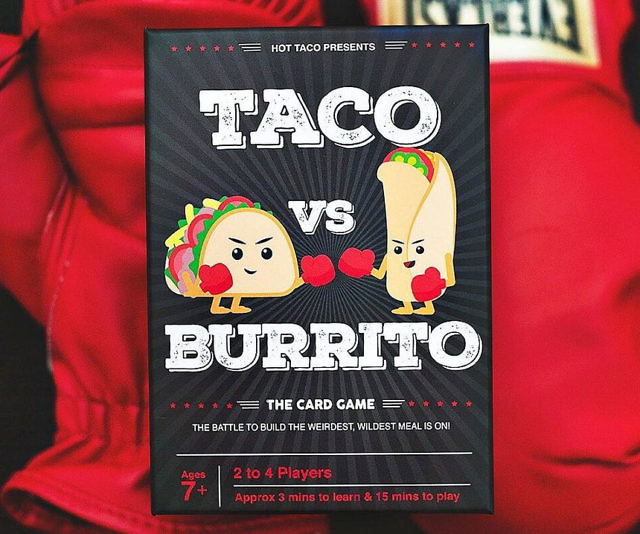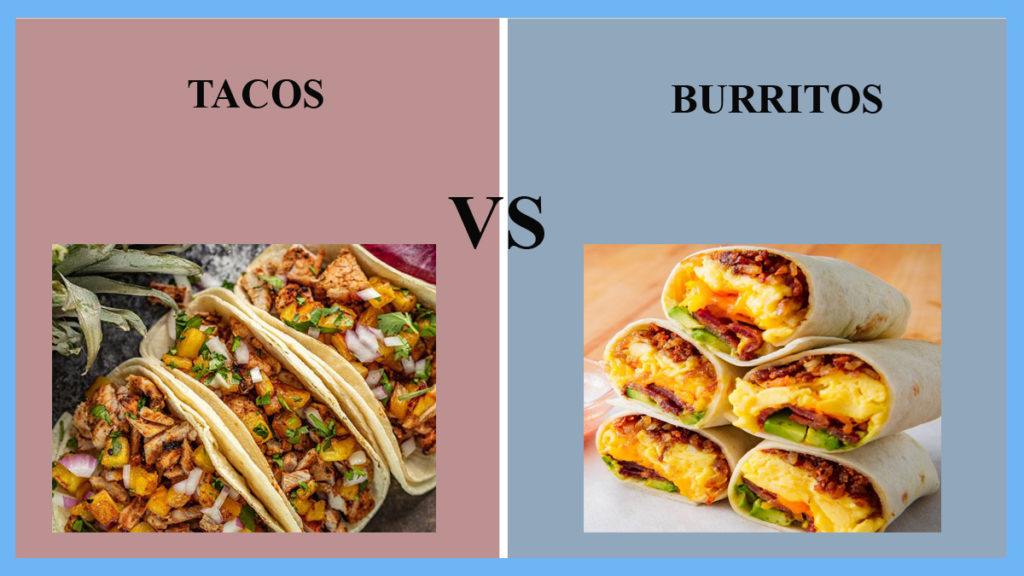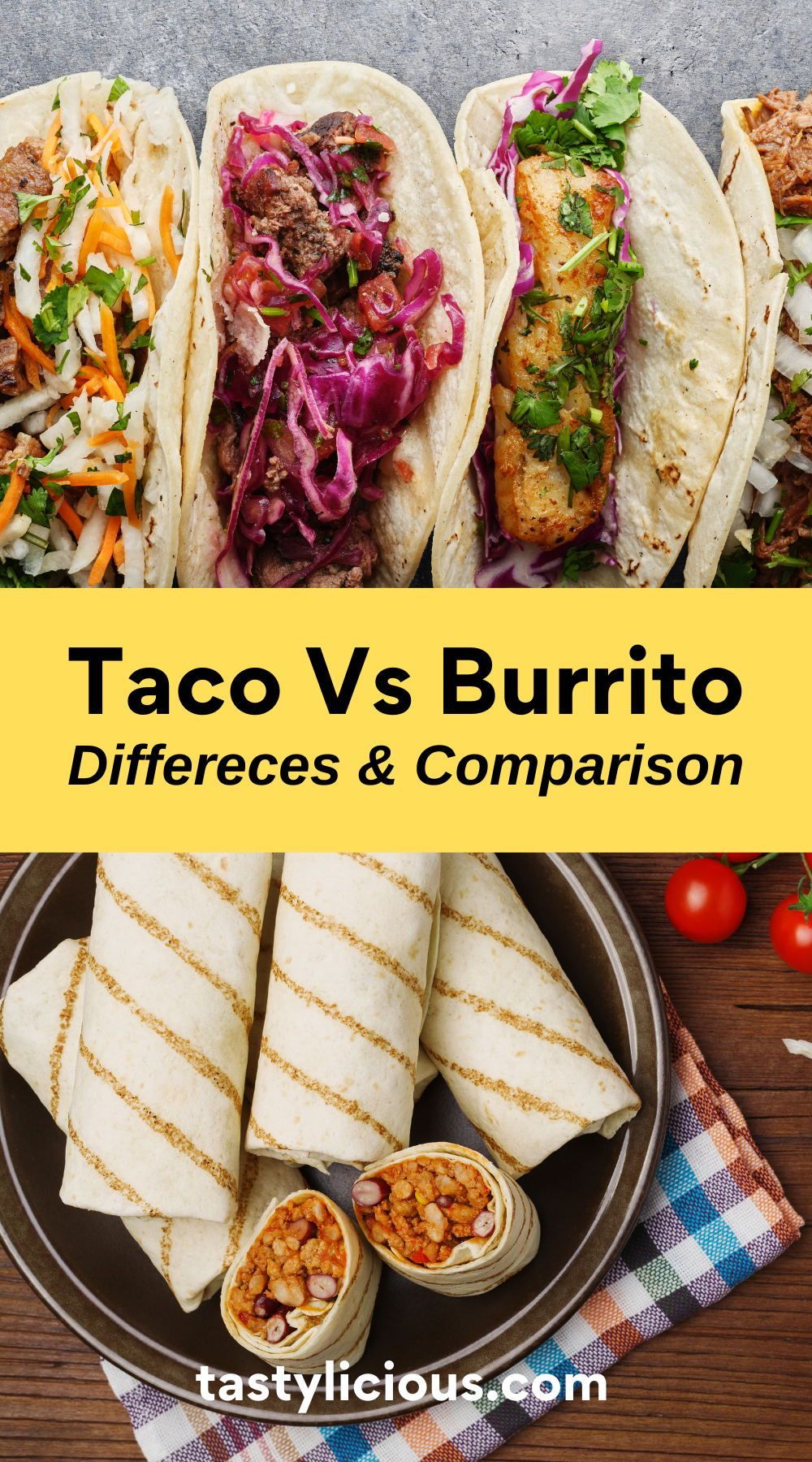The Difference Between Taco and Burrito: Exploring Two Iconic Mexican Dishes
Mexican cuisine is renowned for its vibrant flavors and diverse range of dishes. Among the most popular are tacos and burritos, which have gained international fame and become staples in many people's diets. Although they share some similarities, tacos and burritos also have distinct characteristics that set them apart. In this article, we will delve into the key differences between these two iconic Mexican creations and explore their unique features.
1. Origins:
a. Taco:
The taco has a long history in Mexican cuisine and is believed to have originated in the 18th century. It was initially a street food popularized by laborers and miners.
Over time, tacos gained widespread recognition and evolved into numerous variations, each region adding its own twist.
b. Burrito:
Unlike tacos, burritos have a more recent origin. The term "burrito" translates to "little donkey" in Spanish, and it is said that the dish got its name due to its resemblance to a rolled pack often carried by donkeys.
Burritos are closely associated with northern Mexican cuisine and emerged in the late 19th century.

difference between taco and burrito
2. Tortilla Size and Shape:
a. Taco:
Tacos are traditionally made using small corn or flour tortillas. These tortillas are typically soft and pliable, allowing for easy folding and holding of various fillings.
The size of a taco is smaller compared to a burrito, making it a convenient handheld food.
b. Burrito:
Burritos, on the other hand, are larger and use larger tortillas, usually flour tortillas. These tortillas are more substantial and can hold a generous amount of ingredients.
The larger size and sturdy tortilla make burritos a substantial meal that is often wrapped and consumed with both hands.
3. Filling and Ingredients:
a. Taco:
Tacos are known for their diverse range of fillings, which can include grilled meats, seafood, vegetables, and beans.
Common taco fillings include carne asada (grilled beef), pollo asado (grilled chicken), al pastor (marinated pork), and vegetarian options like grilled vegetables or black beans.
Tacos are often topped with cilantro, onions, salsa, and a squeeze of lime.
b. Burrito:
Burritos typically have a more substantial filling, combining various ingredients such as rice, beans, meat, cheese, and salsa. The fillings are often mixed together and wrapped tightly in the tortilla.
Common burrito fillings include grilled chicken, beef, pork, or shrimp, along with rice, beans, cheese, sour cream, guacamole, and salsa.

difference between taco and burrito
4. Assembly and Presentation:
a. Taco:
Tacos are assembled by placing the fillings on top of a tortilla and then folding it in half or rolling it. This results in an open-ended, "U"-shaped vessel that exposes the fillings.
Tacos are usually served on a plate or a small dish, with multiple tacos making up a complete meal.
b. Burrito:
The assembly of a burrito involves placing the fillings in the center of the tortilla and then folding and rolling it tightly to form a cylinder. The ends are typically tucked in to prevent the fillings from falling out.
Burritos are often wrapped in foil or parchment paper to hold their shape and are served as a single, hearty meal.
5. Cooking Methods:
a. Taco:
Tacos can be cooked using various methods, including grilling, frying, or steaming the tortillas. Meats and vegetables are often grilled or sautéed before being placed inside the taco.
The cooking methods may vary depending on the regional preferences and the specific type of taco.
b. Burrito:
Burritos are primarily cooked by assembling the ingredients and then heating the filled tortilla on a griddle or stovetop to warm and melt the fillings.
The goal is to create a cohesive, flavorful combination of ingredients within the burrito.

difference between taco and burrito
6. Conclusion:
While tacos and burritos are both beloved Mexican dishes, they possess notable differences.
Tacos are smaller, open-ended, and typically filled with a single protein or vegetable, while burritos are larger, tightly wrapped, and incorporate multiple ingredients.
Understanding these distinctions can help you appreciate the unique qualities of each dish and make informed choices when exploring Mexican cuisine.
Whether you prefer the handheld simplicity of tacos or the hearty satisfaction of burritos, both options offer an array of flavors that have captivated food enthusiasts worldwide.